Every business strives for a magical formula to attract high-quality leads that effortlessly convert into loyal customers. It's a pursuit that often feels elusive and expensive, with outbound tactics falling short in today's content-saturated environment.
But what if there were a way to flip the script? To have your ideal clients come to you, seeking solutions based on a foundation of trust? That's precisely the promise of inbound marketing. If you're ready to ditch pushy sales tactics and embrace the gentle art of attracting valuable prospects, this deep dive into inbound marketing is for you.
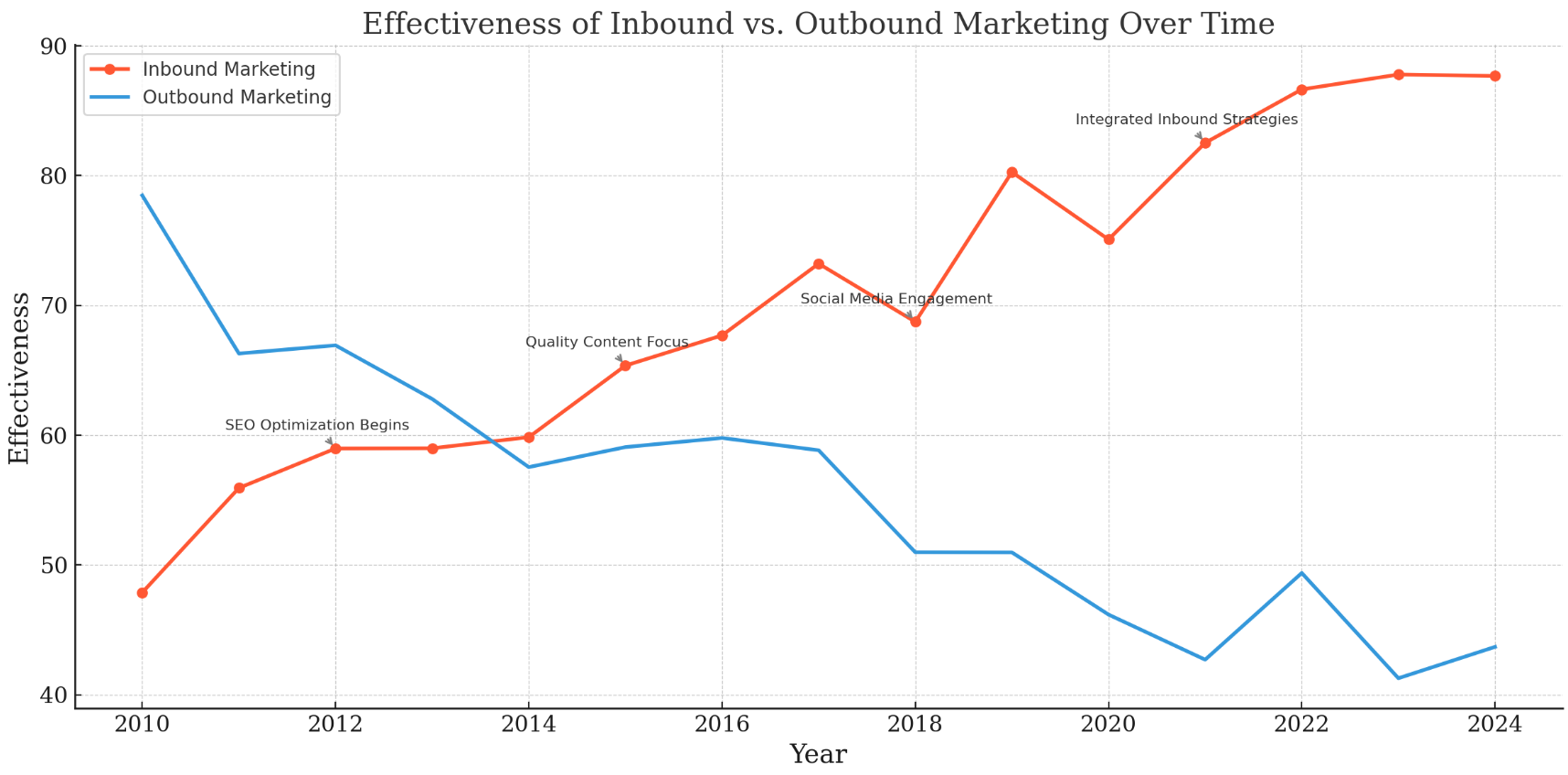
Why Inbound Trumps Outbound for B2B
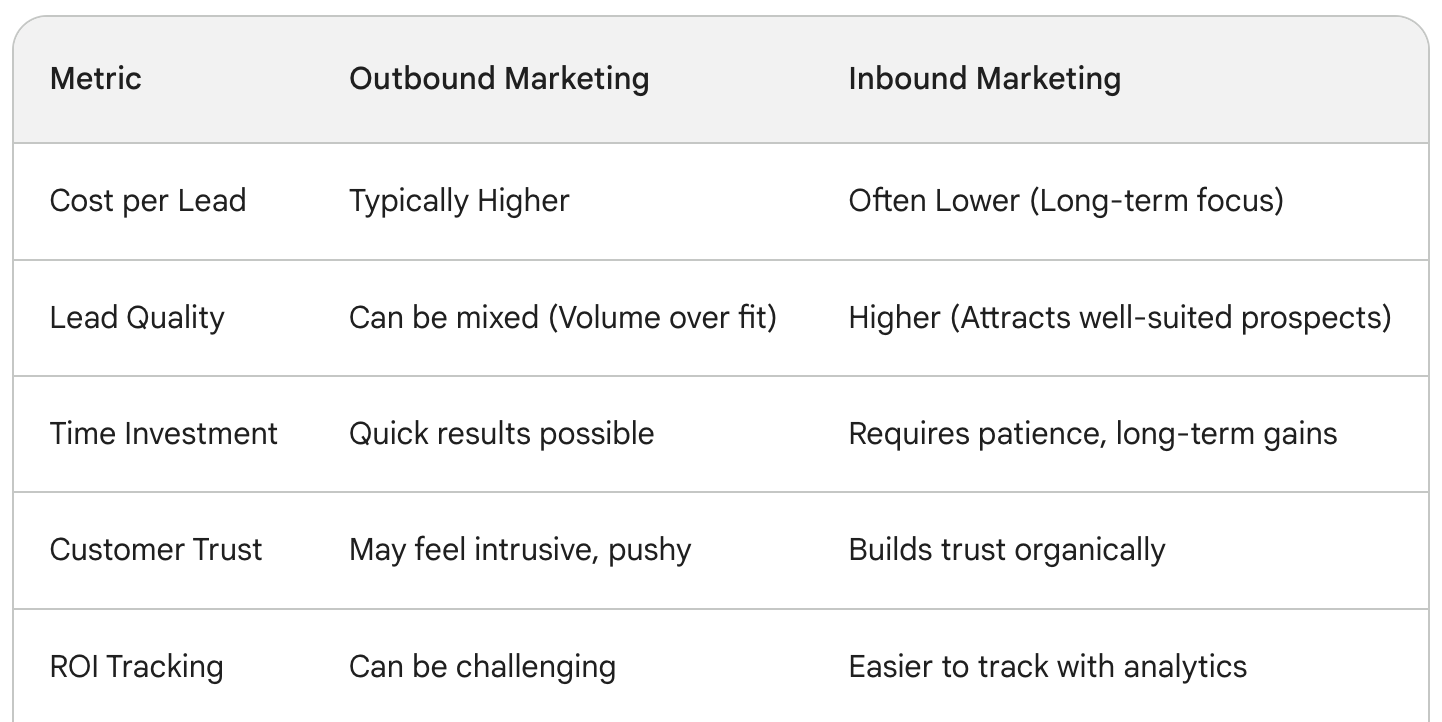
In the past, B2B marketers leaned heavily on outbound channels like cold emails, interruptive ads, and relentlessly hopeful sales calls. But the tides have turned. Modern buyers are savvier, and frankly, tired of being bombarded. They're self-educating, actively seeking solutions to their pain points.
Inbound marketing elegantly aligns with this evolving buyer behavior. Instead of pushing your message outwards haphazardly, you strategically create highly valuable content tailored to your target audience, drawing them in organically. It's more about earning attention than demanding it.
![How to Influence B2B Buying Journey [Case Study + Best Practices]](https://assets-global.website-files.com/642532eebf0ae34ecb684133/64aadcc738dce58ac772e3a9_b2b-buying-journey-gartner.png)
Nuances of the B2B Buyer's Journey
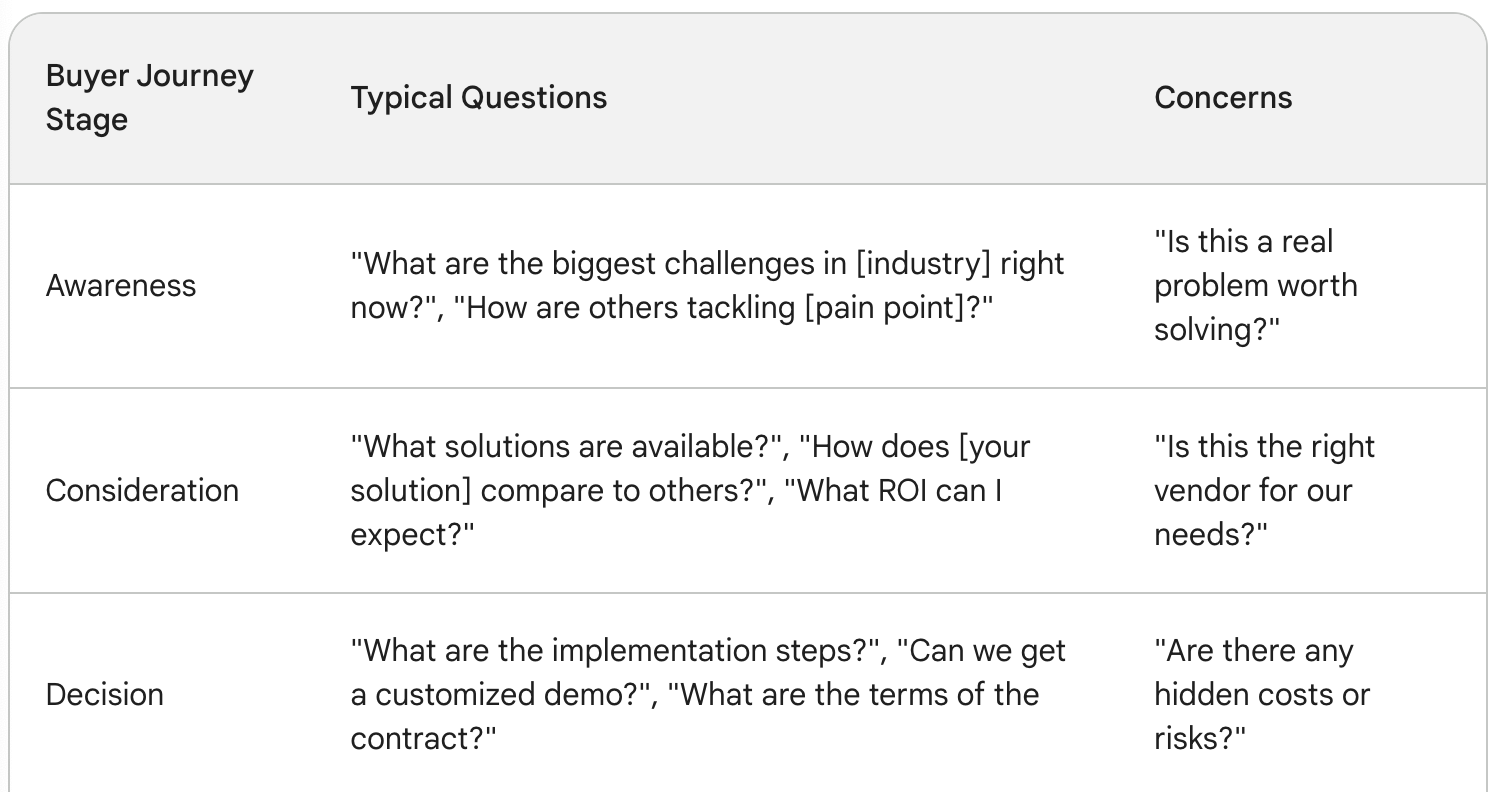
Unlike a quick impulse buy in the B2C realm, B2B purchase decisions involve a complex journey with multiple stakeholders. Your inbound strategy must cater to each stage:
Awareness: Potential buyers realize they have a problem and are open to possible solutions.
Consideration: They're actively researching solutions, comparing options, and seeking expert insights.
Decision: Buyers shortlist vendors, evaluate proposals, and are poised to make a final choice.
Your inbound content needs to hit the right notes at each of these critical stages. Let's break it down.
The Building Blocks of Your Inbound Arsenal
1. Content is King (But Only If It's Top-Notch)
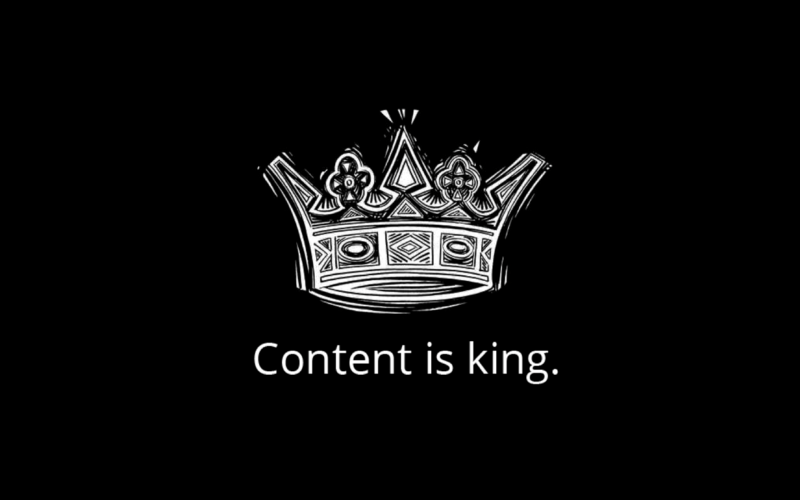
No surprises here, but let's move beyond the generic “create a blog” advice. In the B2B context, content has to demonstrate expertise, address granular pain points, and offer actionable solutions. Consider formats like:
- Authoritative Whitepapers: Delve deep into industry challenges and offer data-backed solutions (e.g., “The State of Supply Chain Disruption: Data-Driven Strategies for B2B Manufacturers”).
- Solution-Specific Case Studies: Showcase tangible results for clients with similar needs (e.g., “ Streamlining Inventory Management: How [Client Name] Reduced Costs by 15% with [Your Solution]”).
- Expert Webinars: Invite industry thought leaders to share insights and position your brand as a knowledge hub.
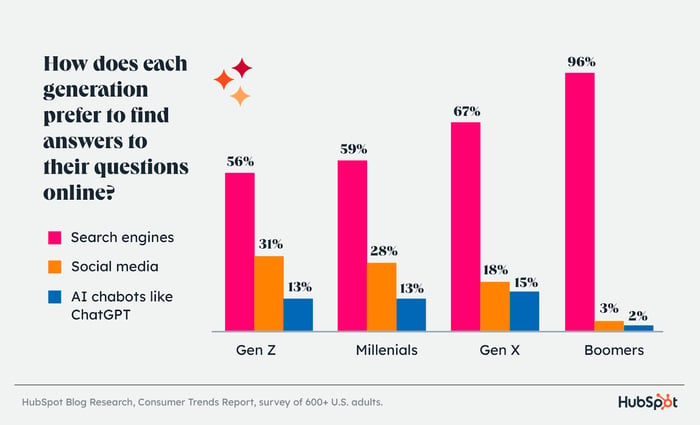
2. SEO is Your Organic Growth Engine
The most insightful content will languish unseen without search engine optimization (SEO). Strategic keyword research aligned with your target audience's search intent is crucial. On-page optimization matters too! Consider things like:
- Target Keywords: Don't blindly chase popular terms. Focus on long-tail phrases that indicate a highly qualified lead (e.g., instead of “CRM software,” aim for “CRM software for enterprise healthcare”).
- Title Tags and Meta Descriptions: These determine how your site's pages appear on search engine results pages (SERPs). They need to be enticing and accurately reflect your content to earn clicks.
![Global social media statistics research summary 2024 [Jan 2024]](https://www.smartinsights.com/wp-content/uploads/2024/01/Social-media-usage-in-population-geo-split-2024.png)
3. Social Media Savvy
LinkedIn is your B2B playground. But don't just regurgitate blog articles - it's not a dumping ground! Use social media to:
- Share Industry Insights: Snippets on relevant trends demonstrate your domain expertise
- Engage with Thought Leaders: Build relationships with influencers in your niche.
- Humanize Your Brand: Showcase company culture to attract like-minded clients and employees.
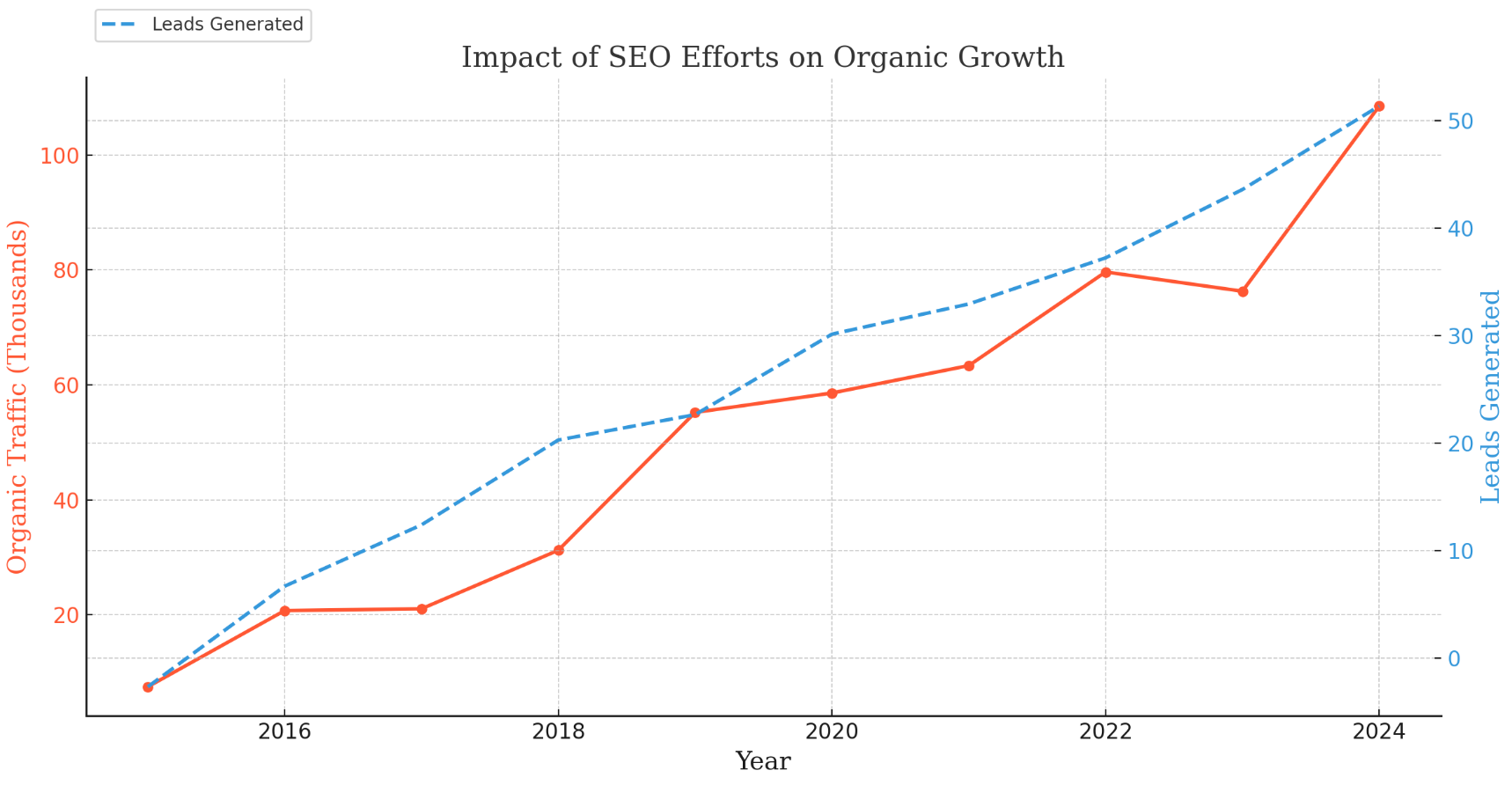
The Power of Targeted Distribution
Content creation is just half the battle. Here's where many B2B companies fumble:
| Channel | Best Suited For | Examples |
|---|---|---|
| Email Newsletters | Nurturing existing leads with value-packed content, industry updates, and exclusive offers | "Insider Insights: Weekly Round-Up for B2B Marketers" |
| Industry-Specific Forums & Communities | Offering helpful advice, participating in discussions to establish authority | Answering questions on a Quora sub-forum relevant to your niche |
| Paid Ads (With Surgical Precision) | Amplifying high-performing content to a carefully targeted audience | Sponsoring a LinkedIn post for a top-performing webinar to attract decision-makers |
Don't Forget the Magic of Marketing Automation
Picture this: a potential buyer downloads your whitepaper. Instead of silence, they receive a thoughtfully crafted email sequence offering further insights, eventually leading to a demo request. That's marketing automation in action.
It allows you to personalize the buyer journey at scale. Consider:
Lead Scoring: Identify the most engaged prospects based on interactions with your content.
Segmented Workflows: Deliver tailored content based on lead behavior and lifecycle stage.
Closed-Loop Reporting: Analyze what content drives the highest conversion rates.
Case Study Spotlight: How DataDab Nailed Its Own Inbound
Enough theory! Let's illustrate inbound's transformative potential with a real-world example from our own agency.
Problem
We struggled to generate consistent, qualified leads in our niche.
Inbound Solution
We ramped up production of highly targeted blog posts with actionable tips for our ideal clients (e.g., “The 5-Step Guide for B2B SaaS Product Launch Success”). We integrated SEO best practices and repurposed content into social media snippets.
Results
Organic traffic surged, inbound leads increased by 25%, and we successfully closed several high-ticket clients.
Your Inbound Kickstart
If starting your inbound journey still seems intimidating, here's your 3-step action plan:
- Pinpoint Your Ideal Customer: Deeply understand their pain points, goals, and what kind of content resonates with them.
- Content Audit: Evaluate your existing content. What can be repurposed, what needs updating, and what gaps exist?
- Choose Your Battles: Start with 2-3 core channels based on where your target audience spends their time.
Inbound marketing for B2B is an investment, not a quick fix.
It demands consistency and a focus on providing real value to your audience. Embrace the long game, and you'll reap the rewards – a steady stream of qualified leads, shorter sales cycles, and a reputation as a trusted expert in your field.
FAQ
1. What exactly is inbound marketing, and how is it different from traditional marketing?
Inbound marketing is a customer-centric strategy focused on attracting potential buyers by providing valuable content and experiences that align with their needs. Unlike traditional marketing, which often involves interrupting people with ads or cold outreach, inbound focuses on building relationships, establishing trust, and helping qualified prospects come to you.
2. My B2B sales cycle is long and complex. Is inbound marketing still worth considering?
Absolutely! Inbound marketing is particularly well-suited to B2B businesses with longer sales cycles. It allows you to nurture leads over time, providing the educational content and resources they need at each stage of their decision-making process. This shortens the time spent on unqualified leads and positions your business as a trusted advisor.
3. What are the most effective content formats for B2B inbound marketing?
There isn't a one-size-fits-all answer, as the best formats depend on your target audience and their stage in the buyer's journey. Some high-performing formats include in-depth blog posts, whitepapers, case studies, webinars, industry reports, and interactive tools or calculators. The key is to offer genuine value and actionable insights.
4. How do I measure the success of my inbound marketing efforts?
The beauty of inbound marketing is its trackability. Focus on metrics like website traffic growth, organic search rankings, lead generation (form submissions, content downloads), conversion rates, time-to-close, and customer lifetime value. Marketing automation tools and analytics platforms are essential for gathering and interpreting this data.
5. Can I combine inbound marketing with some outbound tactics?
While inbound should be your primary focus in the B2B world, a hybrid approach can sometimes be effective. For example, a highly targeted paid advertising campaign to promote a valuable piece of content can complement your organic inbound efforts. The key is to ensure any outbound tactics align with the overall inbound philosophy of providing value first.
6. How do I create content that resonates with my ideal B2B customer?
Deeply understanding your target audience is crucial. Conduct thorough buyer persona research, identifying their pain points, goals, common objections, and the information they seek. Use this understanding to guide your content strategy and ensure you're addressing the right topics and using language that resonates with them.
7. Should I focus on SEO for my B2B content?
Definitely! Search engine optimization (SEO) is essential to ensure your content reaches its intended audience. Conduct keyword research to identify the terms your potential customers are searching for. Integrate those terms naturally into your content and optimize elements like title tags and meta descriptions to improve your search engine rankings.
8. What role do social media channels play in B2B inbound marketing?
Social media, particularly LinkedIn, is a valuable tool for distributing your content, engaging with industry thought leaders, and building a reputation as an expert in your field. Focus on sharing insightful snippets of your content, participating in relevant conversations, and humanizing your brand to attract the right kind of attention.
9. I'm a small company with limited resources. Can I still do inbound marketing effectively?
Absolutely! Inbound marketing can be scalable to businesses of all sizes. Start by focusing on a few key channels and types of content you can do well and consistently. As you gain traction and see results, you can expand your efforts strategically.
10. I'm ready to get started with inbound. What's the first step?
Begin with a thorough audit of your existing marketing assets and buyer journey. Identify gaps in your content strategy, prioritize the most important needs of your target audience, and outline a plan for creating and distributing high-value content that will attract and nurture qualified leads.






